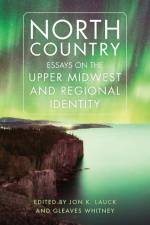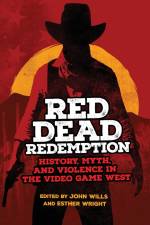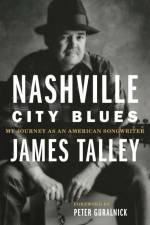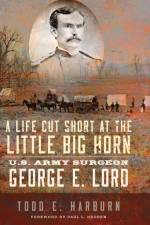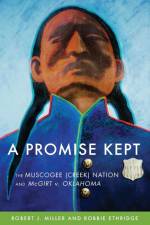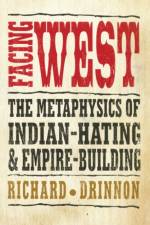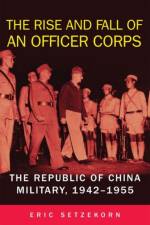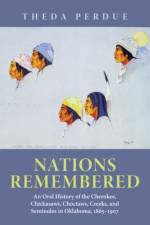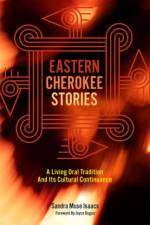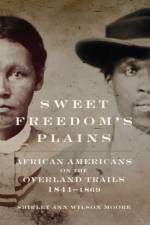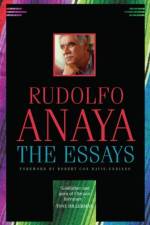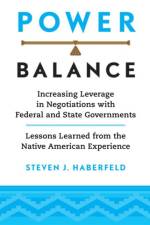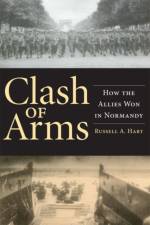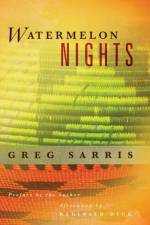av John Wills
387
While the Western was dying a slow death across the cultural landscape, it was blazing back to life as a video game in the early twenty-first century. Rockstar Games' Red Dead franchise, beginning with Red Dead Revolver in 2004, has grown into one of the most critically acclaimed video game franchises of the twenty-first century. Red Dead Redemption: History, Myth, and Violence in the Video Game West offers a critical, interdisciplinary look at this cultural phenomenon at the intersection of game studies and American history.Drawing on game studies, western history, American studies, and cultural studies, the authors train a wide-ranging, deeply informed analytic perspective on the Red Dead franchise-from its earliest incarnation to the latest, Red Dead Redemption 2 (2018). Their intersecting chapters put the series in the context of American history, culture, and contemporary media, with inquiries into issues of authenticity, realism, the meaning of play and commercial promotion, and the relationship between the game and the wider cultural iterations of the classic Western. The contributors also delve into the role the series' development has played in recent debates around working conditions in the gaming industry and gaming culture.In its redeployment and reinvention of the Western's myth and memes, the Red Dead franchise speaks to broader aspects of American culture-the hold of the frontier myth and the "Wild West" over the popular imagination, the role of gun culture in society, depictions of gender and ethnicity in mass media, and the increasing allure of digital escapism-all of which come in for scrutiny here, making this volume a vital, sweeping, and deeply revealing cultural intervention.

